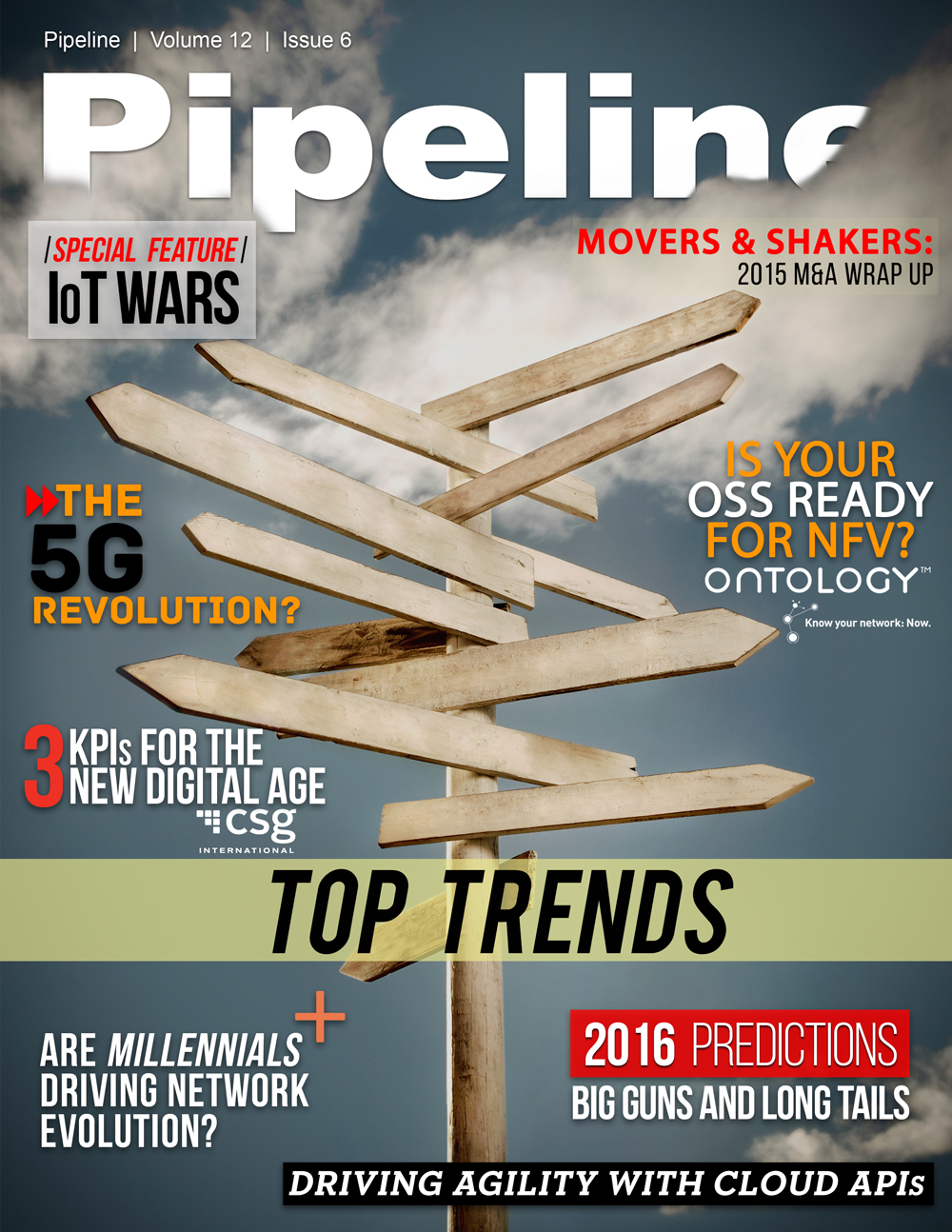How Millennials Are Driving Network Evolution
By: Elise Vadnais

During the hour I recently spent at the Apple Store in Minneapolis, waiting for technicians to replace my cracked iPhone screen, I found that I habitually reached for my (non-present) phone about half dozen times— I laughed and thought “what a tech-dependent, millennial thing of me to do.”
It’s true, we millennials are ALWAYS connected. As the “mobile generation,” we are wirelessly connected to our friends, to our calendars, to our weekend plans, to our next adventure, to our cab ride, to our fantasy football team, etc. But there are several additional characteristics in the way millennials use connectivity, which I feel imperative for anyone building broadband networks to understand. In this article, we’ll look at millennial lifestyle trends, how these impact service providers, and what service providers can do to support this generation.
Before going further, let’s clarify the term “millennial”. It’s the informal term for the generation born between 1980 and 2000, which is currently about 30 percent of the global population. In the US alone, millennials are expected to make up 75 percent of the US workforce by 2025, according to a 2015 Deloitte Millennial Survey, “Mind the Gaps.”
Spending and Lifestyle Trends
Millennials are a significant cohort, as there are 2.5 billion of them around the world (Huffington Post), that are slated to have more spending power than any other generational group by 2017 according to Goldman Sachs. In the US alone, millennials spend an average of $200 billion per year, and they will spend an estimated $10 trillion in their lifetimes (Deloitte Millennial Survey, “Mind the Gaps,” 2015). Additionally, they have immense technology spending power over prior generations—I can testify to the fact that my parents would not own and operate smart phones or an Apple TV if not for my encouragement and constant support.
Yes, it’s true, millennials are delaying certain life-milestones like buying a house, getting married or having kids, but they still need places to live and connectivity everywhere. When surveyed about lifestyle choices in a Nielsen study, 62 percent of millennials preferred living in urban areas; and among these, broadband access was their third highest priority, behind safe streets and affordable housing, according to an American Planning Association Investing in Place Report.
In their second annual Millennial survey (“Mind the Gaps”), Deloitte found that devices are the new status symbol, and in order for those purchases to work, they must be connected to a very fast network. Consider this: Miktek found that 87 percent of us millennials are never without our smartphones (“The Smartphone is the Millennial’s Bestie” report). Deloitte believes millennials will continue to spend on telecom hardware and network services at very high levels, as devices that connect us to our on-line world is top priority.
Demand for Broadband
Recently, my three roommates and I decided after a couple years of cable TV service, to cut the TV service and continue with internet-only service. It simply didn’t make sense to continue service, when almost all of our viewing had been through online content services. We also never even considered signing up for a home phone, which is consistent with the other 66 percent of millennials who live in a wireless-only household (National Health Interview). And even when my roommates and I are watching Netflix, there are typically another two or more screens in use. Sixty five percent of millennials use a second device while watching TV, for example; and they are most likely to abandon a show or platform if audio or video problems occur, according to a Verizon study. For our home, it’s not about a triple or quad play, but one network that can deliver whatever content we want mobility to us whenever we want it, wherever we are.
This phenomenon isn’t just happening in our home. Being what some say is the first truly global generation, so easily connected to other cultures through the Internet, these trends are worldwide. China Daily reports 92 percent of Chinese millennials own smartphones. Facebook says 86 percent of millennials in Latin America access Facebook daily from their mobile devices. Deloitte estimates US and Canadian millennials will spend an estimated $62 billion on content in 2015, and the average American millennial spends 18 device hours a day consuming content and services (Crowdtap Social Influence).



















